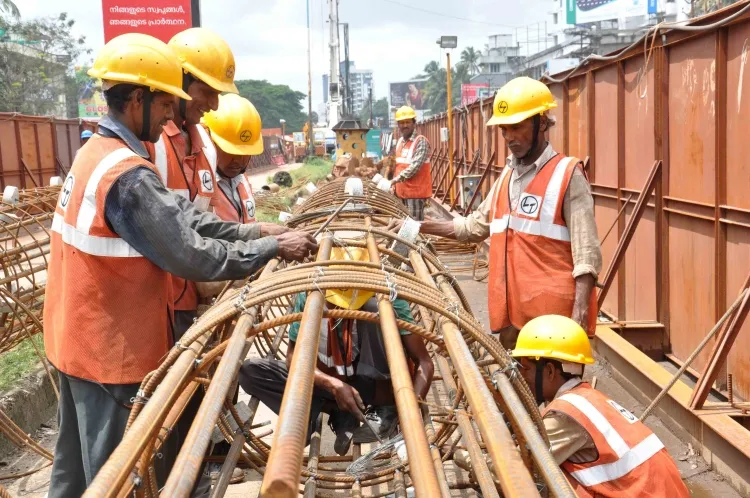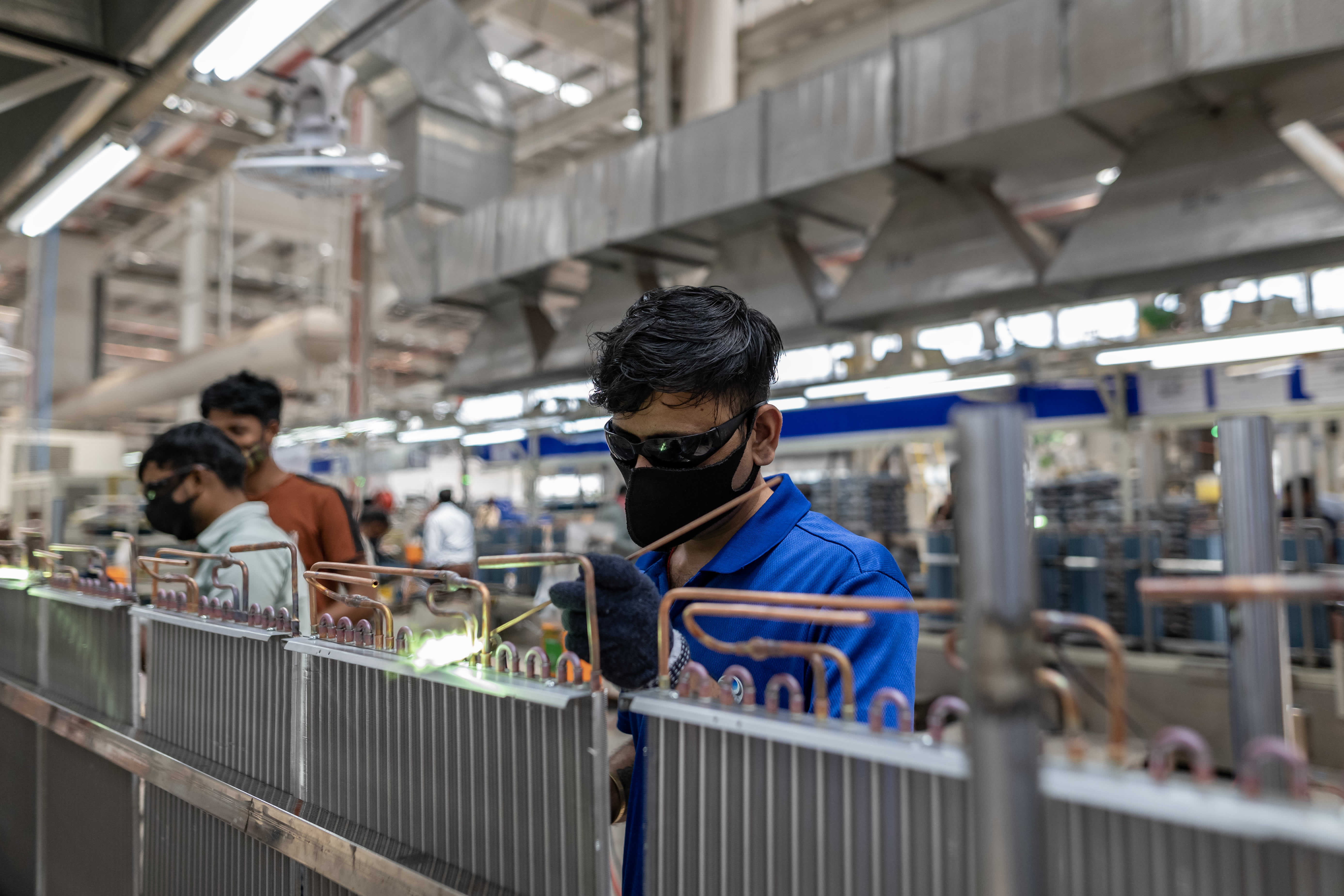Building Prosperity: The Significance of India's Labor Force...!!!
The labor force in India is a vital component of the country's economy, contributing to growth, development, and societal well-being. While there are significant challenges, ongoing efforts and initiatives aim to improve the conditions and opportunities for laborers.

Labor in India: An Overview
Labor, often regarded as the backbone of India's economy, is crucial in various sectors, ranging from agriculture to manufacturing and services.
The Labor Force in India
India boasts a vast and diverse labor force, with millions of workers employed across different sectors. The labor force can be broadly classified into the following categories:
1. Agriculture Labor:
-
Description: A significant portion of India's labor force is engaged in agriculture, one of the primary sectors of employment.
-
Roles: Agricultural laborers are involved in activities such as planting, harvesting, irrigation, and crop maintenance. They play a vital role in ensuring food security and contributing to the rural economy.
2. Industrial Labor:
-
Description: This category includes workers in manufacturing, construction, mining, and related industries.
-
Roles: Industrial laborers produce goods, construct infrastructure, and extract natural resources. They are essential for industrial growth and economic development.
3. Service Sector Labor:
-
Description: The service sector encompasses a wide range of occupations, including IT, healthcare, education, hospitality, and retail.
-
Roles: Service sector laborers provide essential services that support the overall functioning of society. They contribute to sectors such as information technology, healthcare, education, tourism, and more.
4. Informal Sector Labor:
-
Description: A large part of India's labor force is employed in the informal sector, which includes unorganized and unregulated jobs.
-
Roles: Informal laborers work in areas like street vending, domestic work, small-scale retail, and casual labor. They provide critical services and products but often lack formal employment benefits and protections.

Uses of Labor in India
1. Economic Growth:
-
Labor is a key driver of economic growth in India. The productivity and contributions of the labor force directly impact the country's GDP and overall economic development.
2. Infrastructure Development:
-
Industrial and construction laborers are instrumental in building infrastructure, including roads, bridges, buildings, and transportation networks. This development is essential for urbanization and improving living standards.
3. Agricultural Production:
-
Agricultural laborers ensure the production and supply of food, fundamental for the nation's food security. Their work supports the rural economy and sustains millions of livelihoods.
4. Service Delivery:
-
Labor in the service sector enhances the quality of life by providing healthcare, education, hospitality, and other essential services. These services are critical for societal well-being and progress.
5. Innovation and Technology:
-
Skilled labor in sectors like information technology and engineering drives innovation and technological advancements. This contribution is crucial for India's competitiveness in the global market.
Challenges Faced by Labor in India
1. Informal Employment:
-
A significant portion of the labor force is engaged in informal employment, which lacks job security, social benefits, and legal protections. This poses challenges for workers' rights and well-being.
2. Low Wages and Poverty:
-
Many laborers, especially in the informal sector, earn low wages that do not meet their basic needs. This leads to persistent poverty and hinders economic progress.
3. Lack of Skill Development:
-
There is a gap in skill development and vocational training, limiting the employability of the labor force. Addressing this gap is essential for enhancing productivity and employment opportunities.
4. Poor Working Conditions:
-
Laborers in various sectors often face poor working conditions, including long hours, inadequate safety measures, and lack of access to basic amenities. Improving labor standards is crucial for their well-being.
5. Migration and Urbanization:
-
Rural-to-urban migration in search of better opportunities has led to overcrowding in cities and pressure on urban infrastructure. This presents challenges for urban planning and resource management.

Government Initiatives and Policies
The Indian government has implemented several initiatives and policies to address the challenges faced by laborers and improve their working conditions. Some notable initiatives include:
1. Mahatma Gandhi National Rural Employment Guarantee Act (MGNREGA):
-
Provides guaranteed employment to rural households and enhances livelihood security.
2. Skill India Mission:
-
Aims to provide skill development and vocational training to millions of youth, enhancing their employability.
3. Labor Reforms:
-
The government has introduced labor reforms to simplify labor laws, improve ease of doing business, and protect workers' rights.
4. Social Security Schemes:
-
Various social security schemes provide benefits such as health insurance, pensions, and maternity benefits to workers in different sectors.
The labor force in India is a vital component of the country's economy, contributing to growth, development, and societal well-being. While there are significant challenges, ongoing efforts and initiatives aim to improve the conditions and opportunities for laborers. Recognizing the importance of labor and addressing their needs is essential for building a prosperous and inclusive India.
What's Your Reaction?

















